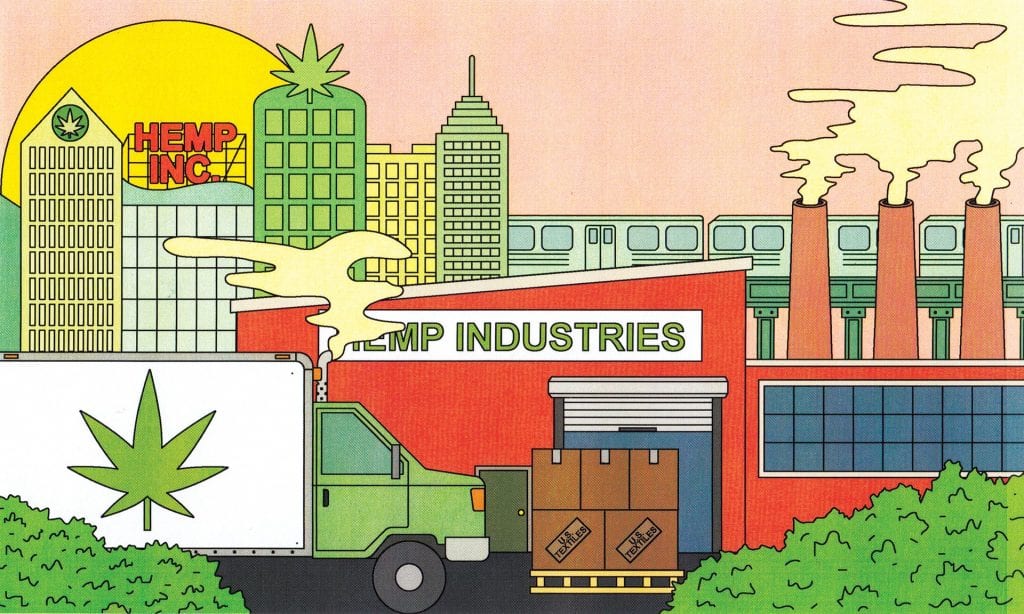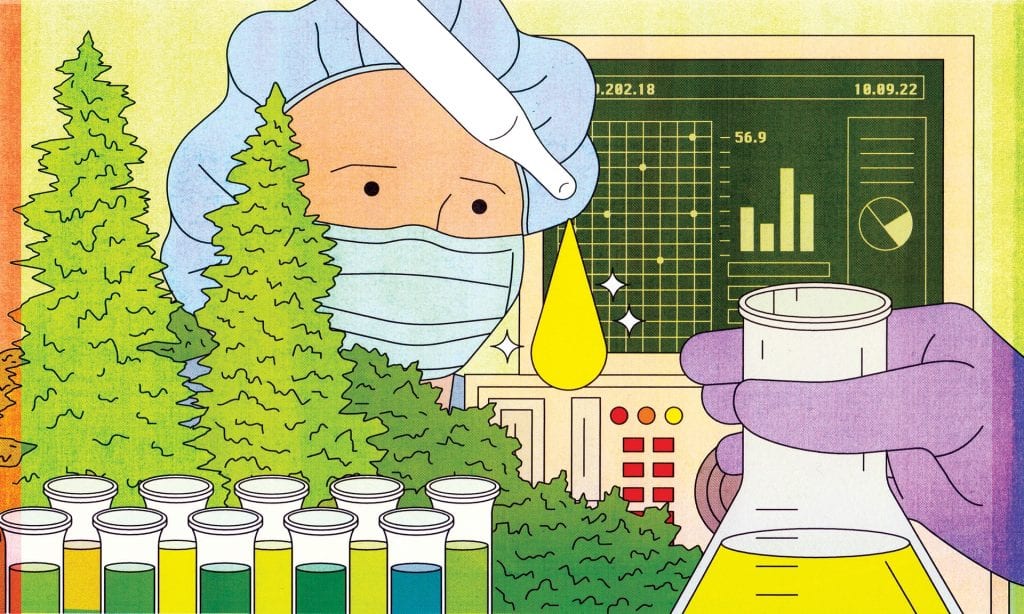Deprecated: mb_convert_encoding(): Handling HTML entities via mbstring is deprecated; use htmlspecialchars, htmlentities, or mb_encode_numericentity/mb_decode_numericentity instead in /var/www/vhosts/mycbds.co.uk/public_html/wp-content/plugins/mpc-massive/shortcodes/mpc_snippets.php on line 2300
The useful crop has seen renewed interest alongside legalized weed with US officials warming to it
Long associated with the hoariest hippie stereotypes, hemp (CBD) is now chic.
The crop – which is a cannabis plant very similar to marijuana, but lacking its best-known property: getting you high – is a versatile raw material, and like its more notorious relative, it could once again become very lucrative.
The spread of marijuana legalization has sparked renewed interest not because of hemp wallet fanatics – but due largely to demand for CBD, a chemical both it and marijuana produce in which some see potential as a pharmaceutical and nutritional supplement.
For decades US anti-marijuana laws have made it very difficult to experiment on and develop new uses for hemp, though, according to the US government, hemp contains less than 0.3% THC, the plant’s primary psychoactive ingredient.
But the climate is changing. In recent weeks, the US Senate majority leader, Mitch McConnell, a conservative Republican who opposes marijuana legalization, has called for hemp to be legalized, a move which would benefit farmers, though McConnell still opposes marijuana legalization.
And it’s not just the farmers in McConnell’s home state of Kentucky who would be pleased to see a resurgence of the crop. Early this month for hemp history week, the US Senate unanimously passed a non-binding resolution acknowledging hemp’s economic value and “historical relevance”.
China, though wary of marijuana, has emerged as a hemp “superpower”, according to a fascinating 2017 story in the South China Morning Post. While hemp is indigenous to China, Chinese research advanced only recently in 1970 when the military used it for uniforms that would be more comfortable in the Vietnamese jungle. Today, the Morning Post notes, China holds more than half of the world’s more than 600 hemp-related patents.
Hemp’s revival is only the latest chapter in a long history.
In China, hemp has been used to make fabric and rope for more than 3,000 years. A Chinese eunuch named Cai Lun, who is credited with inventing paper during the early Christian era, used hemp as one of his source materials.
Between the 16th and 18th centuries, hemp rope, sails and rigging were so vital to the British Royal Navy that the supply was considered a national security issue. Both Henry VIII and Elizabeth I encouraged growing the crop.
In the US, some of the founding fathers grew hemp. Stoner lore has it that the constitution and declaration of independence were written on hemp. It’s not true – they were written on parchment – but drafts of the documents probably were.
But interest in hemp waned as cotton, a finer fabric dependent on American slave labor, ascended. It was last a relevant crop in the US during the second world war, when the Department of Agriculture made a Hemp for Victory film and encouraged production.
Today’s hemp advocates, a passionate cohort indeed, claim paper, cloth and biofuel made from hemp are all environmentally and economically attractive, relative to the prevailing current methods. If hemp became a major source for any one of these staples, it would be an immense opportunity, akin to legal marijuana.
And there are more uses for hemp still. The seeds are a good source of protein, popular with vegans. Hemp can also be made into a building material known as hempcrete, which is currently easier to access in parts of Europe than in the US. A bridge in sixth-century Gaul was built from hempcrete.
Bryan DeHaven’s Colorado-based clothing company, Chiefton Supply Co, makes T-shirts from a hemp/cotton blend. The component organic hemp is grown, processed into fabric and then stitched into apparel all at one facility in China’s Shangdong province.
DeHaven said hemp’s benefits included that it needed substantially less water than cotton to grow. The resultant cloth, he said, also had anti-bacterial properties; Chiefton is working with sportswear companies on breathable hemp clothing for athletes. “Those guys are really putting our garments to the test,” he said.
Eventually, DeHaven said, he would like to see Chiefton hemp goods produced in the US “from seed to seam”. It will be difficult. Hemp is not completely illegal in the US but the current rules are wildly convoluted, probably even more so than those for marijuana.
But the laws weren’t the main problem, DeHaven said. You can’t make hemp clothing in the US because the country no longer has sufficient expertise in textile production.
Reference: The Guardian

